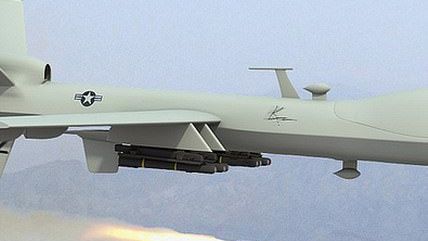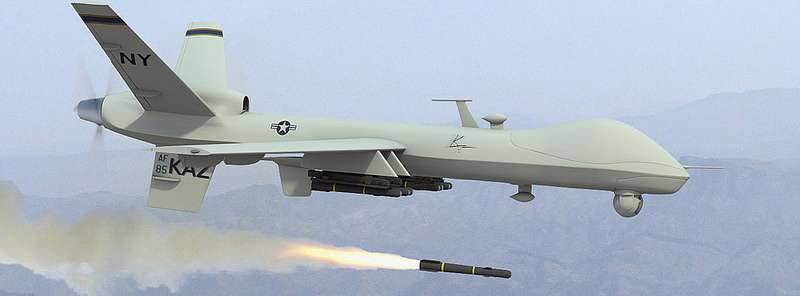ACLU Sues over Drone Kill List Secrecy
What's inside that "disposition matrix"?


What secrets lay at the heart of President Barack Obama's "disposition matrix," a.k.a. the blueprint the administration uses to help decide whether to assassinate alleged terrorists in foreign countries with drones? That's what the American Civil Liberties Union (ACLU) would like to know. They attempted (and failed) to get government documents detailing how these decisions are made through a Freedom of Information Act (FOIA) request. Now they are suing. From a release the ACLU put out today:
The CIA and the military use drones to target suspected "militants," "insurgents," and "terrorists" in at least half a dozen countries. American drone strikes have killed thousands of people abroad, many of them children. The program has engendered pervasive fear and anger against the United States in countries where the attacks frequently occur.
Our government's deliberative and premeditated killings – and the many more civilian deaths from the strikes – raise profound legal and ethical questions that ought to be the subject of public debate. The Obama administration has made numerous promises of greater transparency and oversight on drones. In his 2013 State of the Union address, President Obama pledged to make lethal targeting "more transparent to the American people and the world" because "in our democracy, no one should just take my word for it that we're doing things the right way."
But the administration has failed to follow through on these commitments to openness, and it is continuing to withhold basic information. When it has released anything – or been compelled to by lawsuits – discussion of crucial aspects of the program have been omitted or redacted. This lack of transparency makes the public reliant on the government's self-serving and sometimes false representations about the targeted-killing program.
This is actually the third lawsuit the ACLU has filed over the secrecy of the drone rules. One is for information about the strikes that killed American terrorism suspect Anwar al-Awlaki and then later his 16-year-old son in Yemen.
And while there has been a Department of Justice memo (pdf) that was released last summer allowing the public to see some of the legal guidance used to justify drone strikes, that's not enough for the ACLU:
For example, the memo doesn't explain the government's definition of imminence, the circumstances that would make "capture infeasible" (and therefore, according to the government, lethal targeting permissible), or the reasons for the government's targeting decisions. Worse, it point to a whole body of secret law that the administration continues to shield from the American public.
The administration's subsequent gestures towards transparency are just as scant. The public summary of the secret Presidential Policy Guidance – which sets new standards for lethal targeting – relies on the same conclusory definitions as the Office of Legal Counsel memo. In a major speech at the National Defense University in 2013, the president asserted that "before any strike is taken, there must be near-certainty that no civilians will be killed or injured – the highest standard we can set." But multiple investigative reports contradict this assurance. The government could dispute these findings, but instead it chooses to keep nearly all the details about how the program works hidden from view.
It's hard to square the president's claim when, according to one investigative journalism group, there are hundreds of victims of drone strikes in Pakistan who haven't been publicly identified, and in some cases, the CIA apparently didn't even know the militant affiliation of those they had killed.


Show Comments (11)